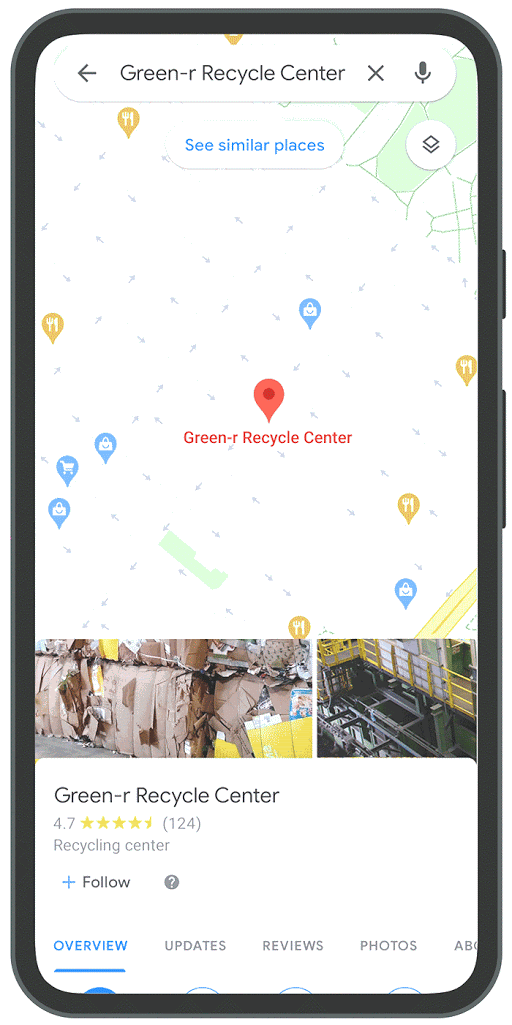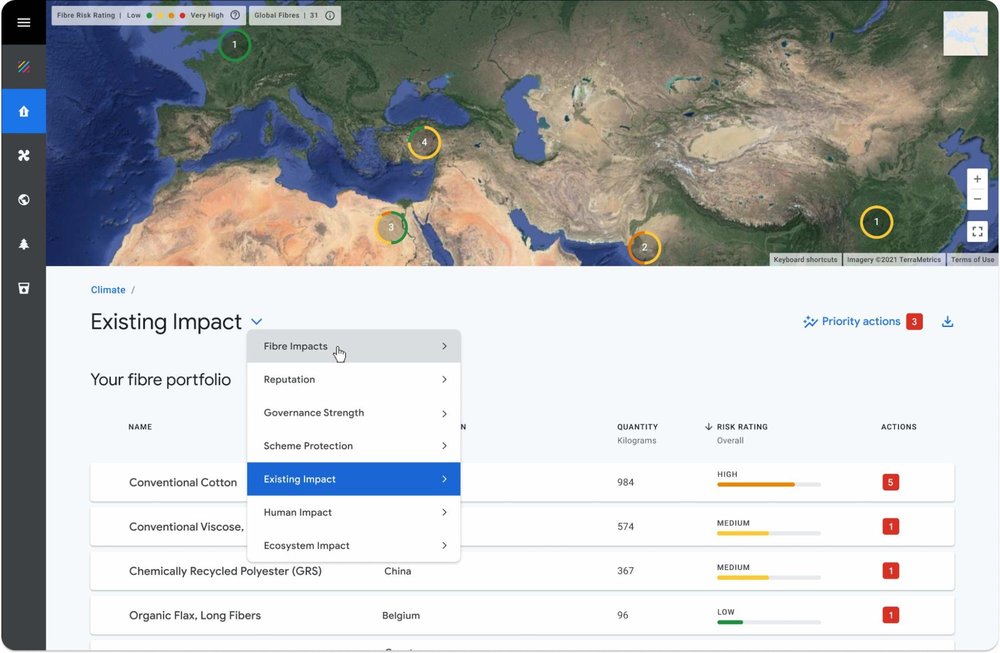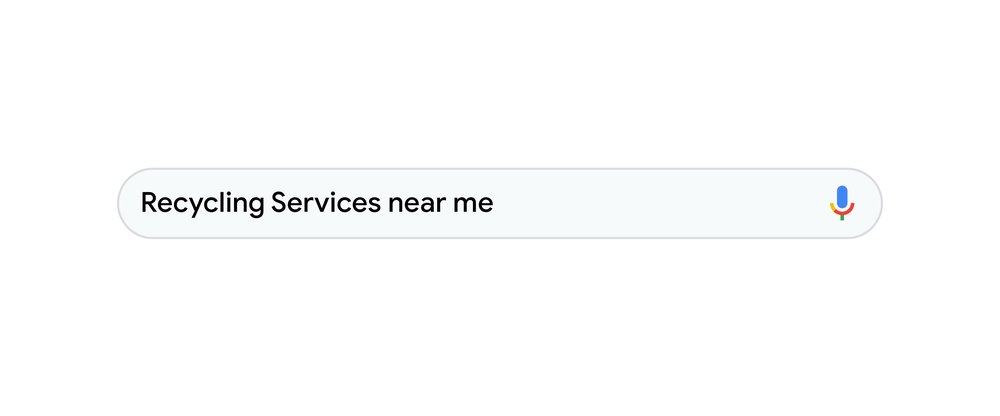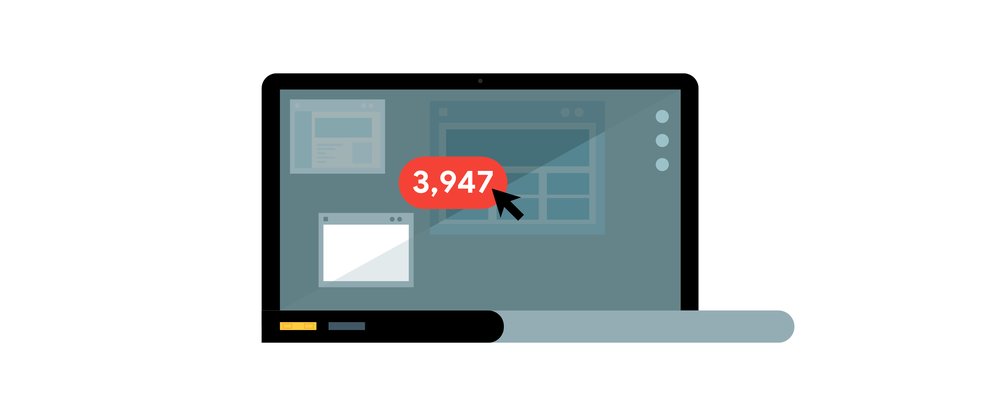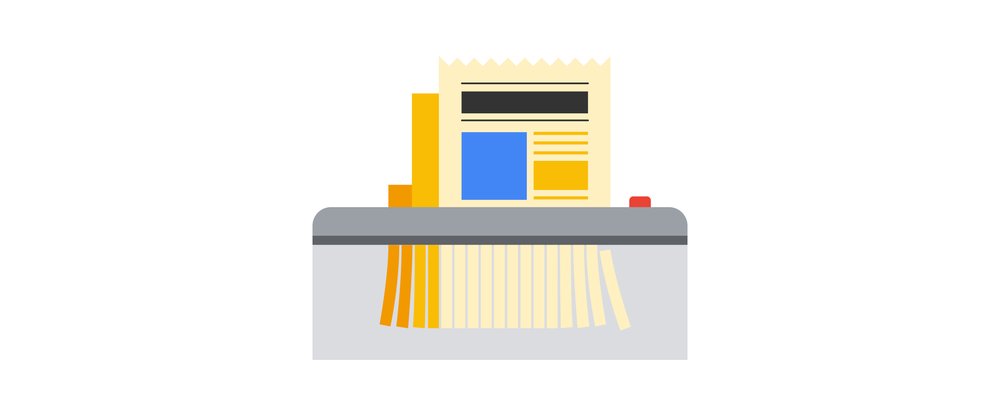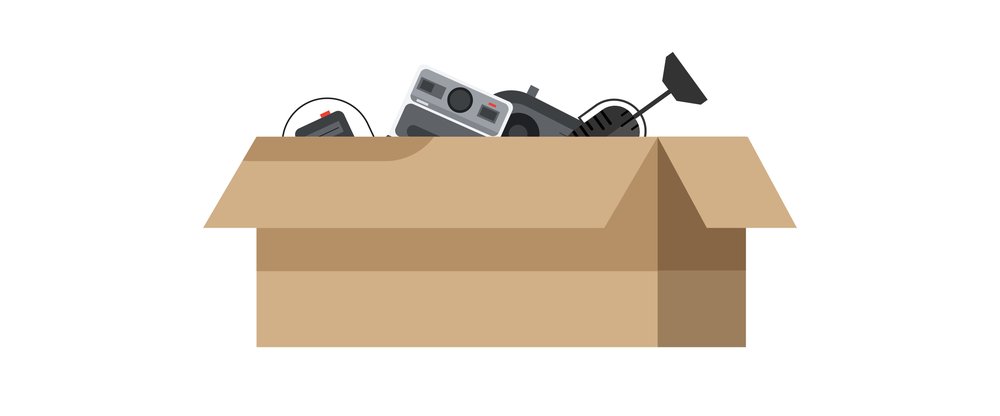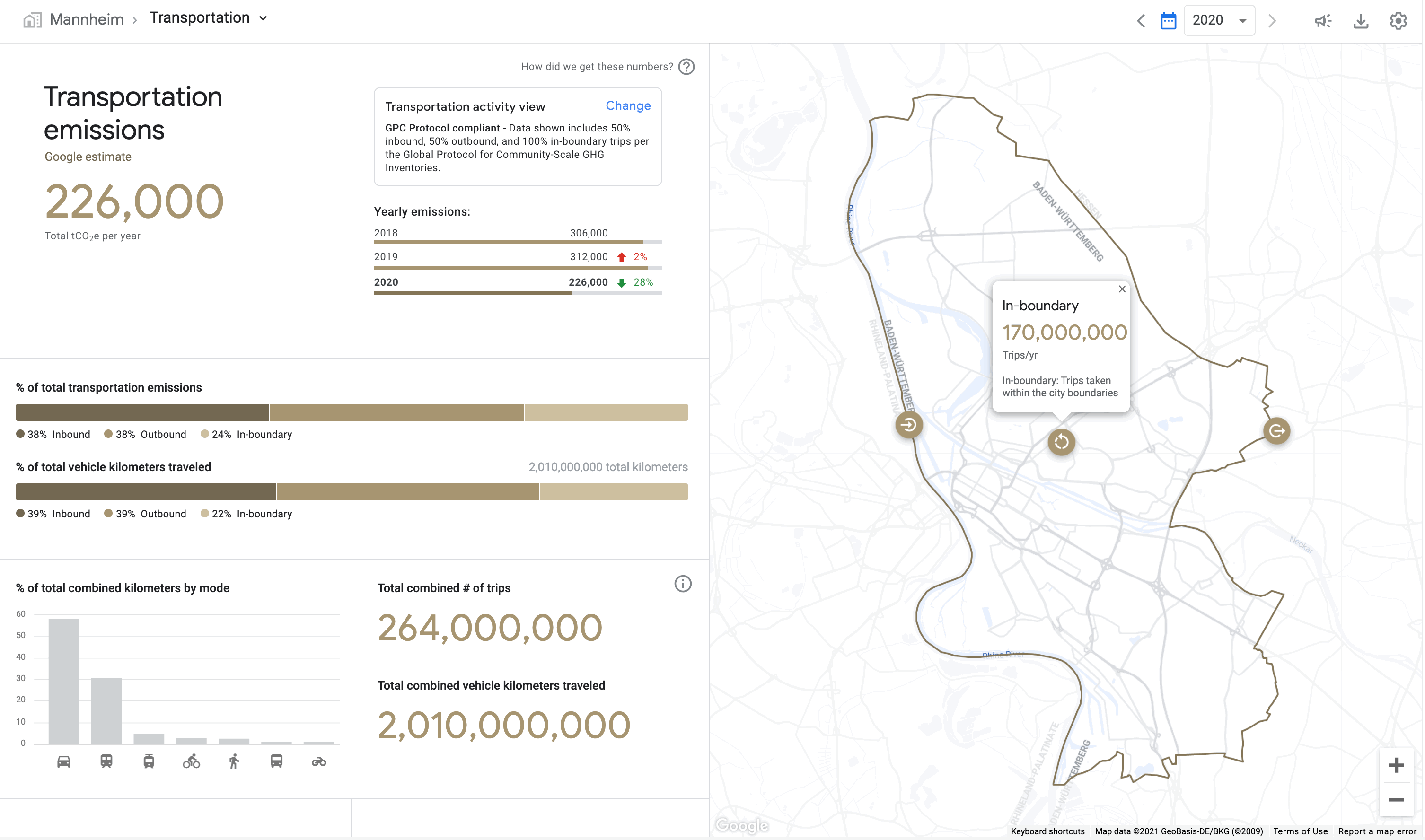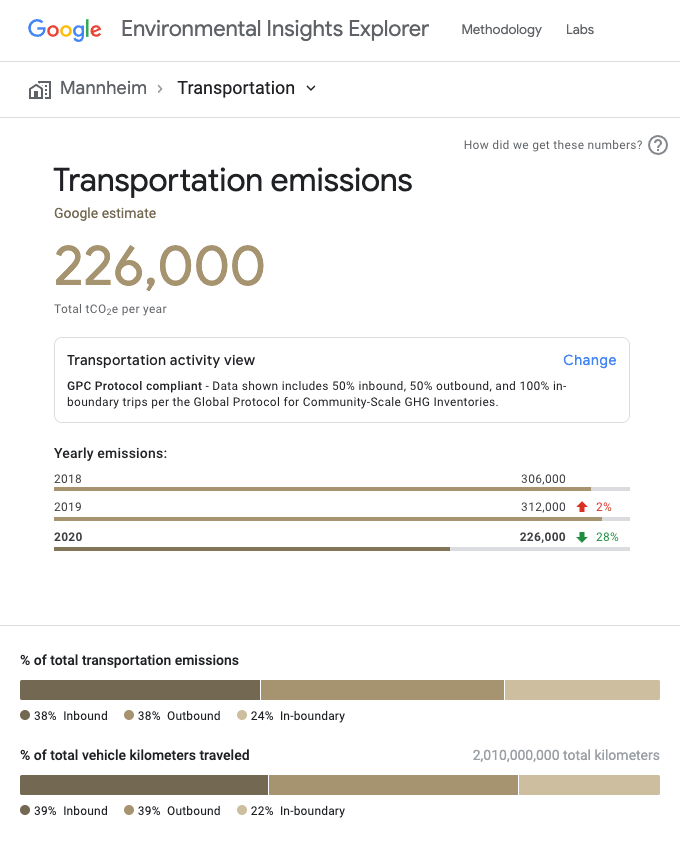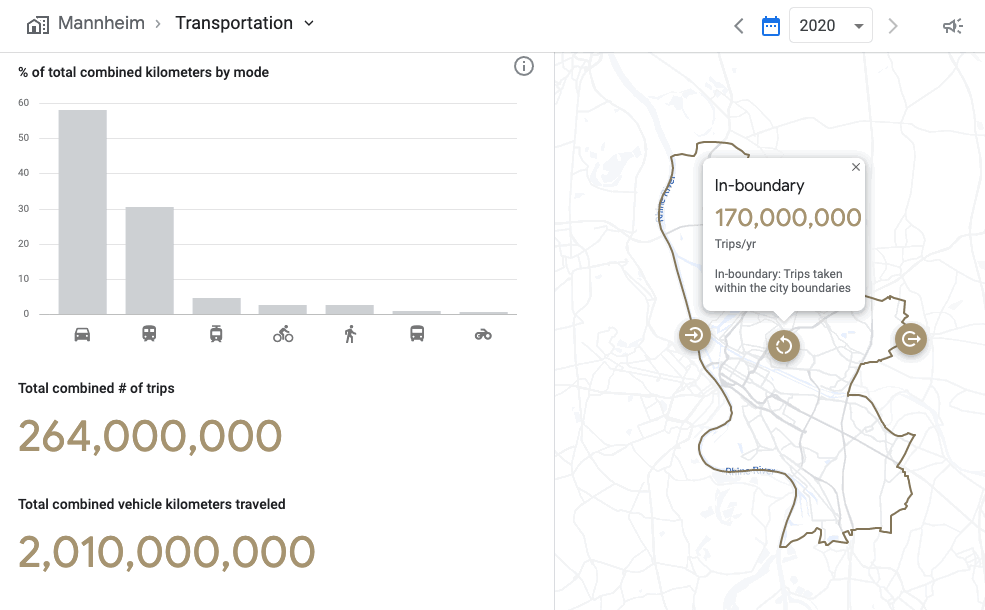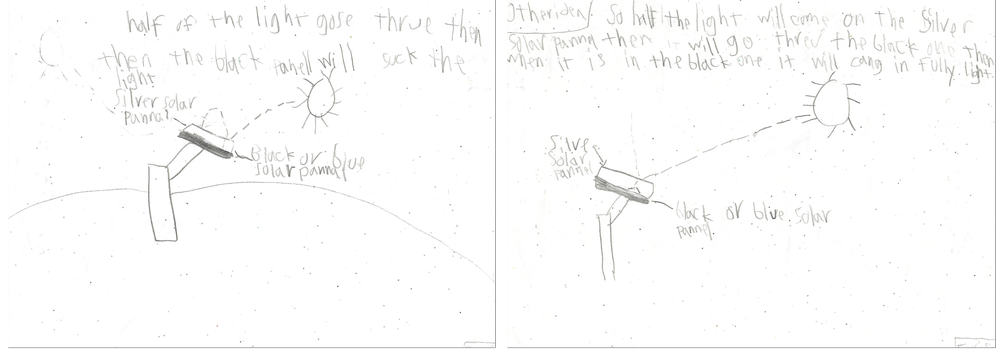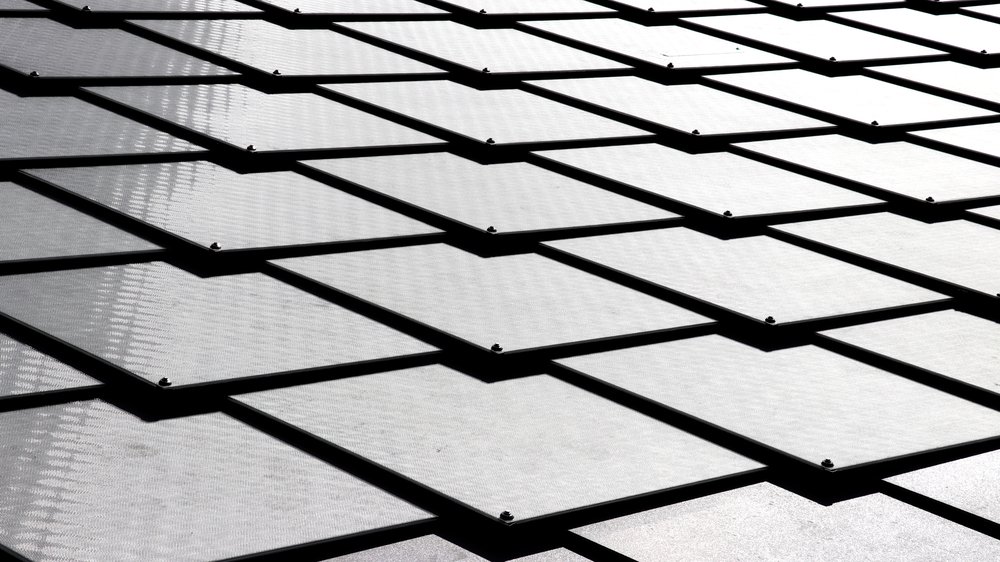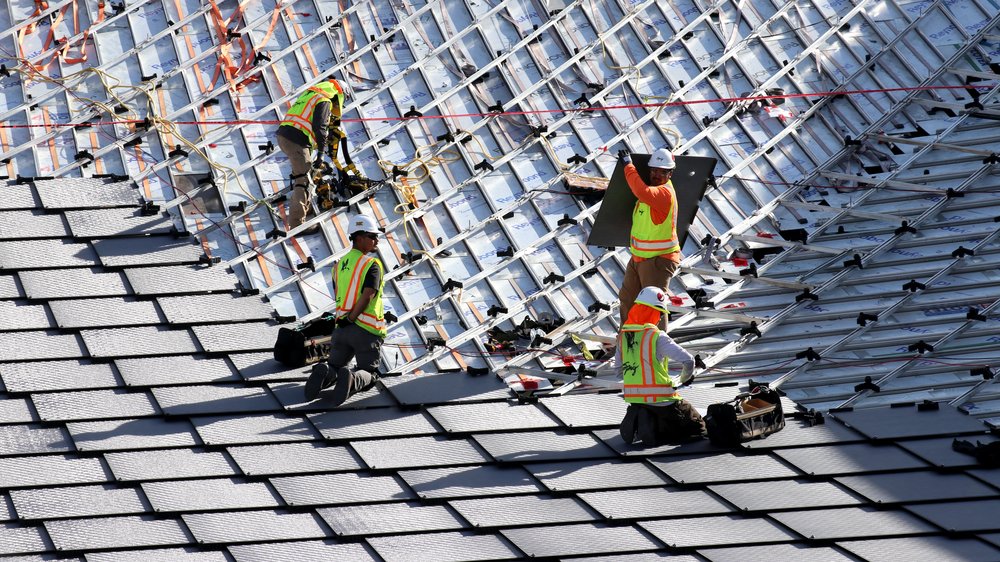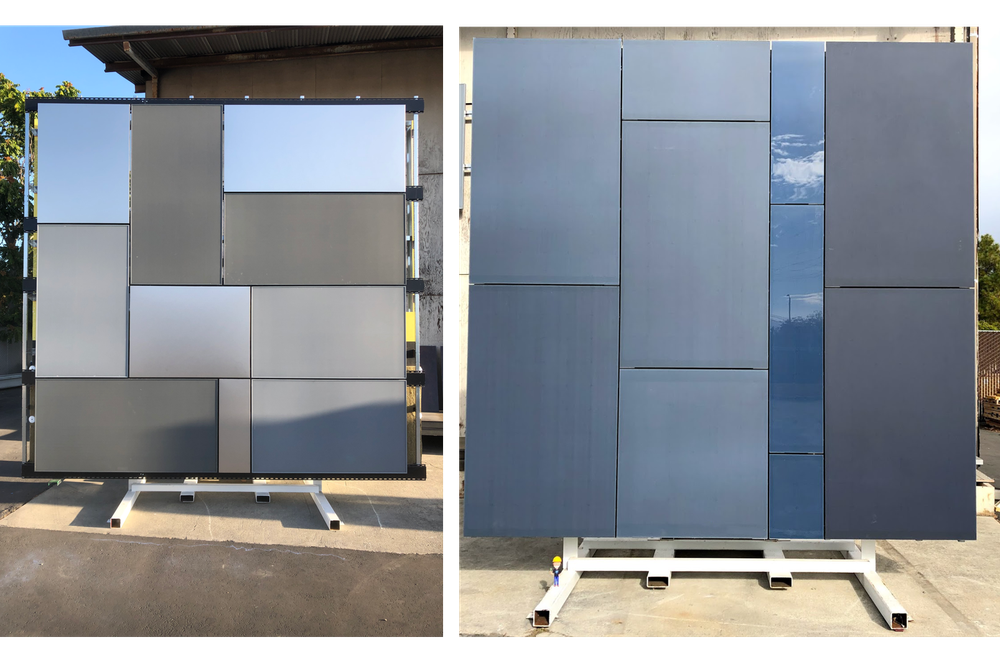Did you know that using a Chromebook can help reduce your carbon footprint? In fact, Chrome OS devices made by our manufacturing partners consume up to 46% less energy than comparable devices and are designed with sustainability in mind — from their durable shells to their scratch-resistant glass. And we’ve worked with these same partners to make Chromebook components interchangeable, reusable and safely disposable.
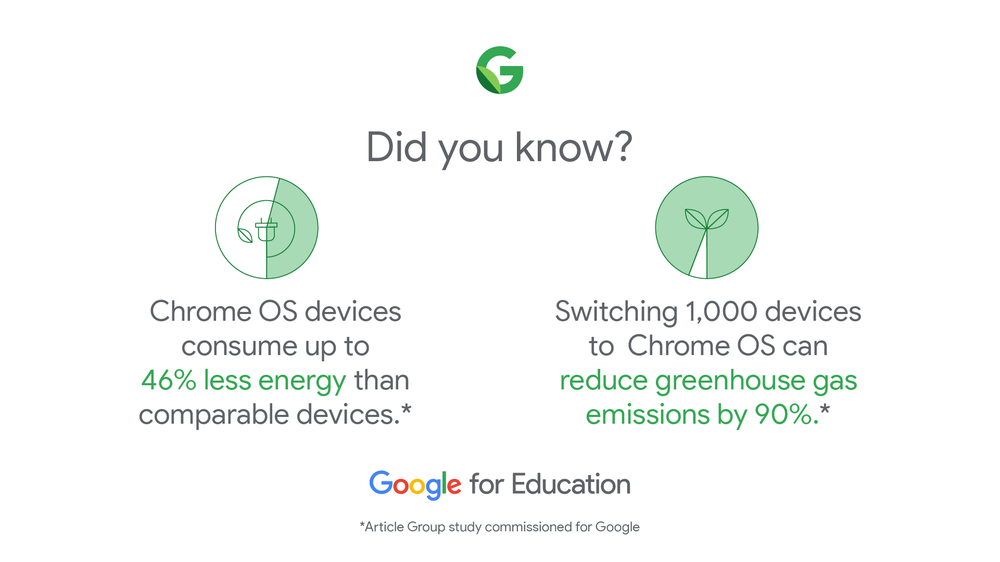
Sustainable features like these are particularly helpful to the education world, with 50 million students and teachers using Chromebooks made by our manufacturing partners. With such a large community of Chromebook users, we want to work with our partners to build towards a more sustainable device ecosystem — starting by helping schools find information about repairable devices. Today, we’re taking the first step by creating a Chromebook repair program for schools, beginning in the United States.
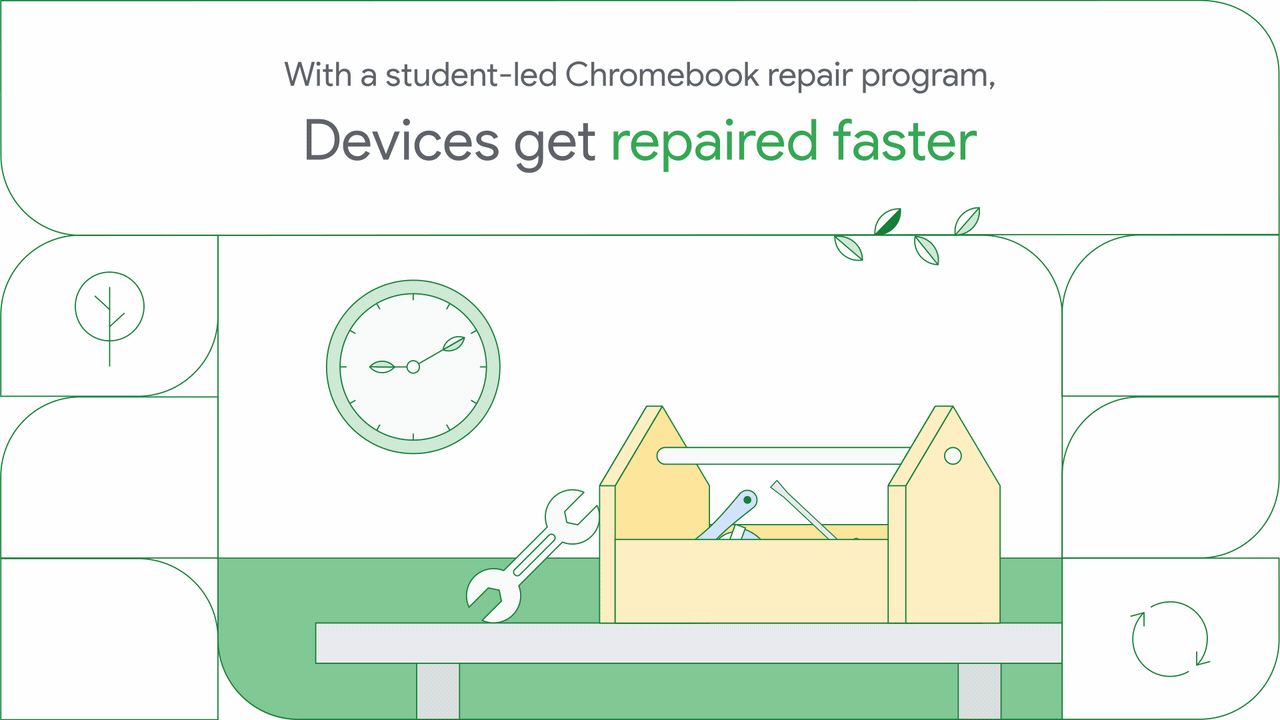
Easily find repairable devices
Many Chromebooks have been repairable for years, with some repairs already covered under system warranties and managed by authorized service providers. But it’s been challenging for school IT administrators to find information about which devices they can repair. As part of the Chromebook repair program, we’re partnering with companies like Acer and Lenovo to spotlight more Chromebooks that are repairable. On our new site, schools can easily identify which Chromebooks have commonly repaired components, like the keyboard, display and palmrest. Online manufacturer guides will also show how to repair the devices, find tools to safely fix them, get replacement parts, find training and get system update access if needed. This is just the first step, and we’re looking forward to hearing feedback to help grow and improve the program.
Start your own school repair program
Some Chromebook manufacturers, like Acer, provide training for schools to perform their own repairs. So, many schools have already created Chromebook repair programs, working alongside teachers and IT teams to repair their devices (shout-out to some of our favorite names, like “Chromestop” and “Chrome Depot”). Some even offer Chromebook repair as an elective course. In-school programs like these are not only eco-friendly, they can significantly reduce turnaround time, save on costs and help students learn valuable skills.
"Acer designs its Chromebooks for the education market with both durability and ease-of-repair in mind,” says James Vick, Vice President, Customer Service, Acer Pan America. "On campus repair programs enable students to help their own school by conducting safe and rapid repairs of Chromebooks, while also teaching them a valuable transferable skill that can help them pursue a career in the IT field. Acer supports valuable programs that give students an opportunity for hands-on learning beyond traditional curriculum.”
We’re inspired by schools around the world that are creating their own Chromebook repair programs — like Jenks Public Schools in Oklahoma, whose in-school repair service led to faster turnaround time for Chromebook repairs and stronger IT skills in graduates. To help others get started, we’ve created a playbook for setting up a Chromebook repair program in your school, with input from IT administrators. Keep an eye on our page for more resources and sustainability-focused devices best suited for a repair program.
Looking for a sustainable way to reuse other devices? Schools can also revive and extend the lifespans of PCs and Macs by converting them to deliver a Chrome OS experience using CloudReady.
Acer designs its Chromebooks for the education market with both durability and ease-of-repair in mind. On campus repair programs enable students to help their own school by conducting safe and rapid repairs of Chromebooks.
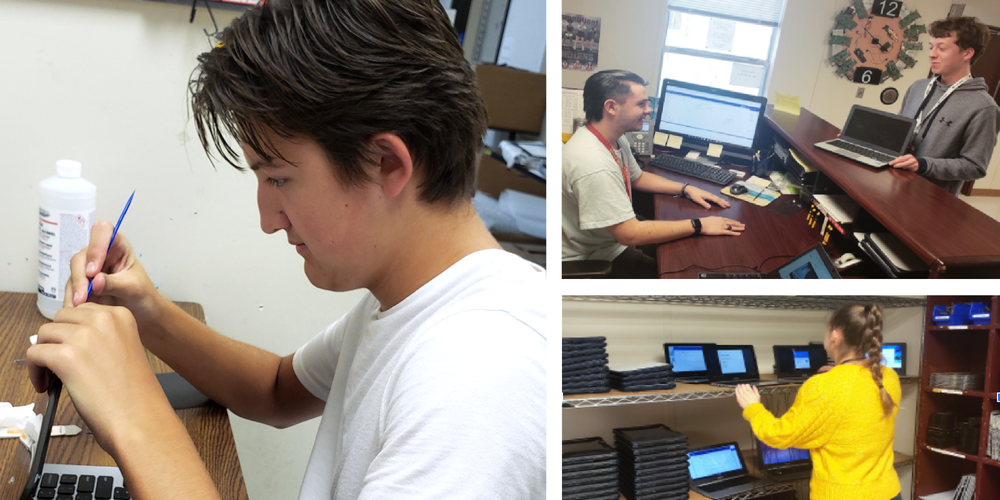
Students at Jenks Public Schools in Oklahoma run their own student-led repair program for Chromebooks
Educate the next generation
Preparing today’s students for tomorrow’s environmental challenges is also key to our commitment to sustainability. As we aim to run on 24/7 carbon-free energy by 2030, we’ll continue to share Google’s best practices with the education world. And we’ll keep developing sustainability courses in our Teacher Center and through programs like Science Buddies, Your Plan, Your Planet, Google Arts & Culture Expeditions, Experiments with Google and Google Earth Education.

